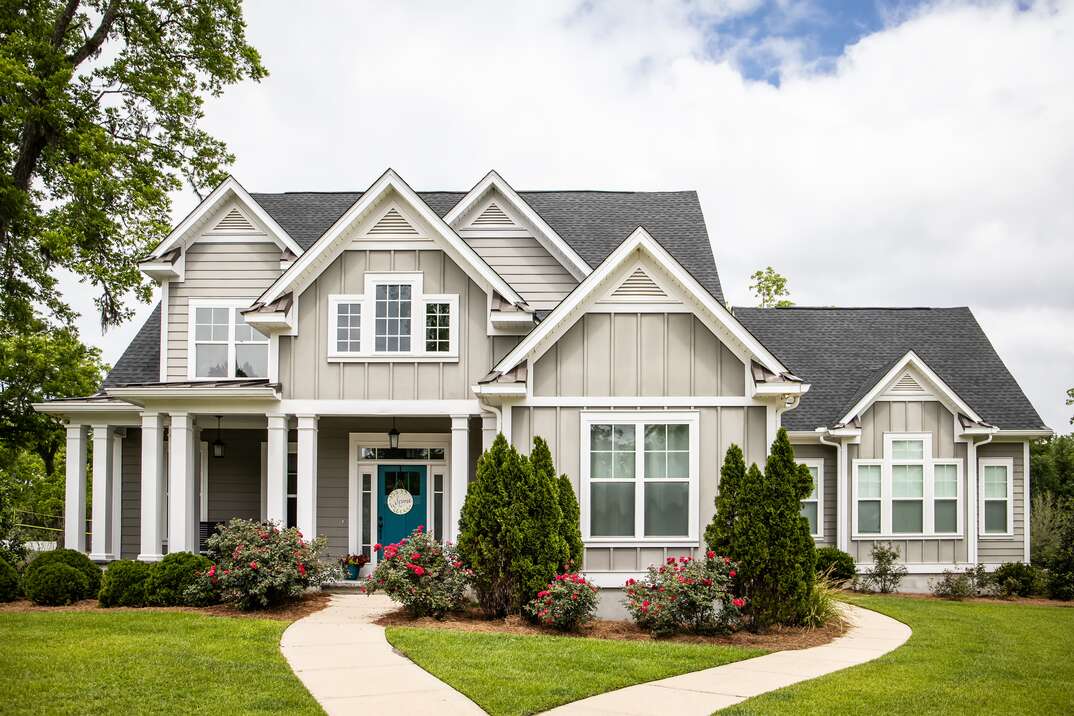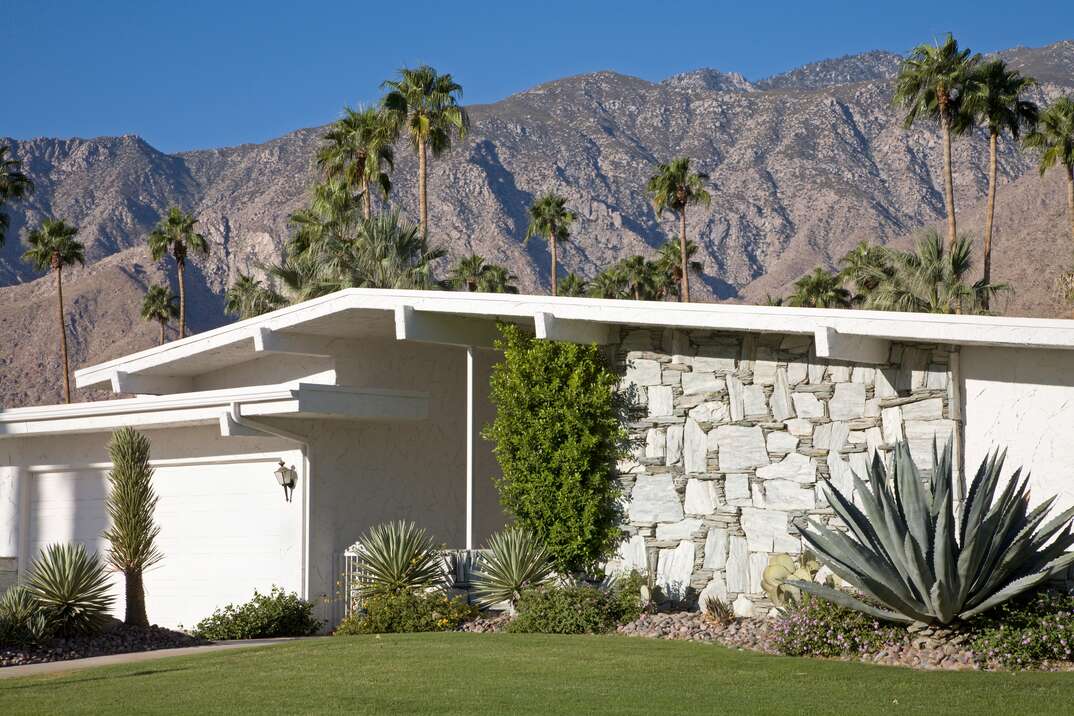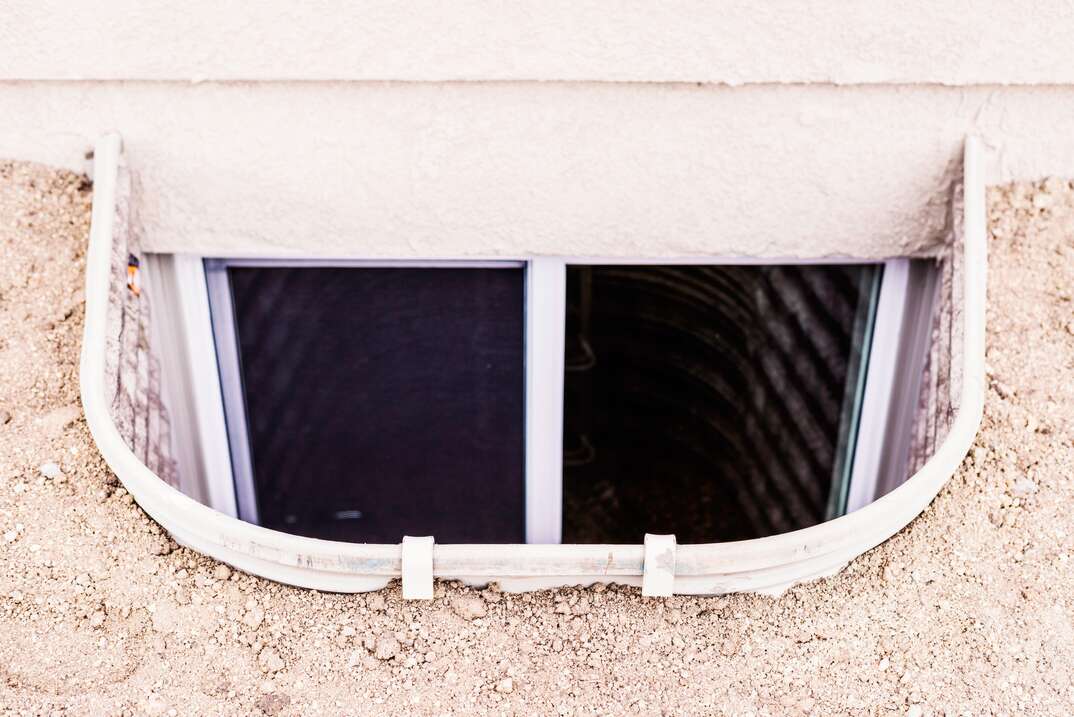Hardie Board: When Vinyl Siding Just Won't Do

Traditional wood siding can add significantly to your home's curb appeal. However, the onerous maintenance schedule required to care for it makes many homeowners understandably wary. Hardie Board siding provides a low-maintenance alternative to wood siding without compromising on appearance — but you’ll have to shell out for it.
This May Also Interest You: How Much Does It Cost to Stucco a House?
Below, you can find out how much Hardie Board siding costs and the potential benefits and drawbacks.
What Is Hardie Board Siding?
Hardie Board siding was invented by James Hardie, who established the original company in 1888. Hardie Boards are a type of house siding made from a wood fiber, sand and water composite known as fiber cement. The product has the appearance of traditional siding but is durable enough to withstand most American climates.
Today, the James Hardie brand manufactures several panel types. The Hardie Plank line mimics the appearance of traditional lap siding and comes in textured and smooth finishes, and there's also a shingle-effect line called Hardie Shingle. The company also produces vertical panels, panels with decorative trims and a range of weather barriers and backer boards.
What Are the Pros and Cons of Hardie Board Siding?
Hardie Board provides several advantages over other siding types, but it's not the right option for every home. Understanding the advantages and disadvantages of Hardie Board siding can help you decide if it's the best material for your project.
Pros
- Durability: Hardie Board siding has a life expectancy of 60 years, and James Hardie offers a 30-year warranty on all its siding boards.
- Pest resistance: All Hardie Board products resist common pests such as carpenter ants and termites, and they also protect against woodpecker damage.
- Fire and weather resistance: Hardie Boards are less flammable than many other siding types and are engineered to withstand hail and extreme weather conditions, which could reduce your home insurance premiums.
- Affordable maintenance: Hardie Boards are cheap to maintain. Rinse them with a hose and brush off any dirt every 6 to 12 months.
Cons
- Initial investment: Hardie Board siding is more expensive than vinyl or other affordable siding options, but its extended life span could balance out the high purchase price.
- Installation cost: Each plank is heavy and difficult to maneuver, making installation more time-consuming and expensive.
More Related Articles:
- Deciding on Siding? Here’s How Much Siding Installation Costs
- How to Install Stucco Siding
- How to Install Vinyl Siding: A 7-Step Overview
- How to Clean Vinyl Siding
- How Much Does Cedar Shake and Shingle Siding Cost?
How Much Does Hardie Board Siding Cost?
According to HomeGuide, it costs roughly $7,200 to $18,000 (CAD 9,879 to CAD 24,699) to install Hardie Board siding on a 1,500-square-foot house. Most homeowners spend between $10,200 and $31,500 (CAD 13,996 and CAD 43,223), depending on the size of their homes and the type of Hardie Boards.
Hardie Board siding costs between $2 and $6 (CAD 2.74 to CAD 8.23) per square foot for the siding and other installation materials. The overall cost for materials depends on which Hardie Board product you choose and the size of the walls you need to cover.
You should expect to pay between $4 and $9 (CAD 5.49 and CAD 12.35) per square foot in labor costs to install Hardie Board siding on your home. You should also factor in the costs of removing any existing siding, which is usually between 70 cents and $2 (CAD 0.96 and CAD 2.74) per square foot, including the fees to dispose of the old boards.
How Does the Price Compare to Other Types of Siding?
Hardie Board is significantly more expensive to install than vinyl siding, which generally costs around $4 to $12 (CAD 5.49 to CAD 17) per square foot for materials and labor. Vinyl siding materials cost less and are easier to cut and install, while Hardie Board is heavier and harder to work with. Therefore, the labor fees to install Hardie Board are generally higher.
On the other hand, Hardie Board is easier to maintain than vinyl siding and mimics the appearance of real wood more closely. It's also more durable, so many homeowners feel it's worth spending more on the initial installation to achieve a longer-lasting finish.
Installing traditional wood siding on your home costs between $5 and $15 (CAD 6.86 and CAD 21) per square foot on average, making it broadly comparable to the cost of installing Hardie Board. However, wood siding may end up costing more over time because it’s more expensive to maintain than Hardie Board. It requires regular restaining, repainting and termite inspections.
All CAD conversions are based on the exchange rate on the date of publication.

.jpg)
